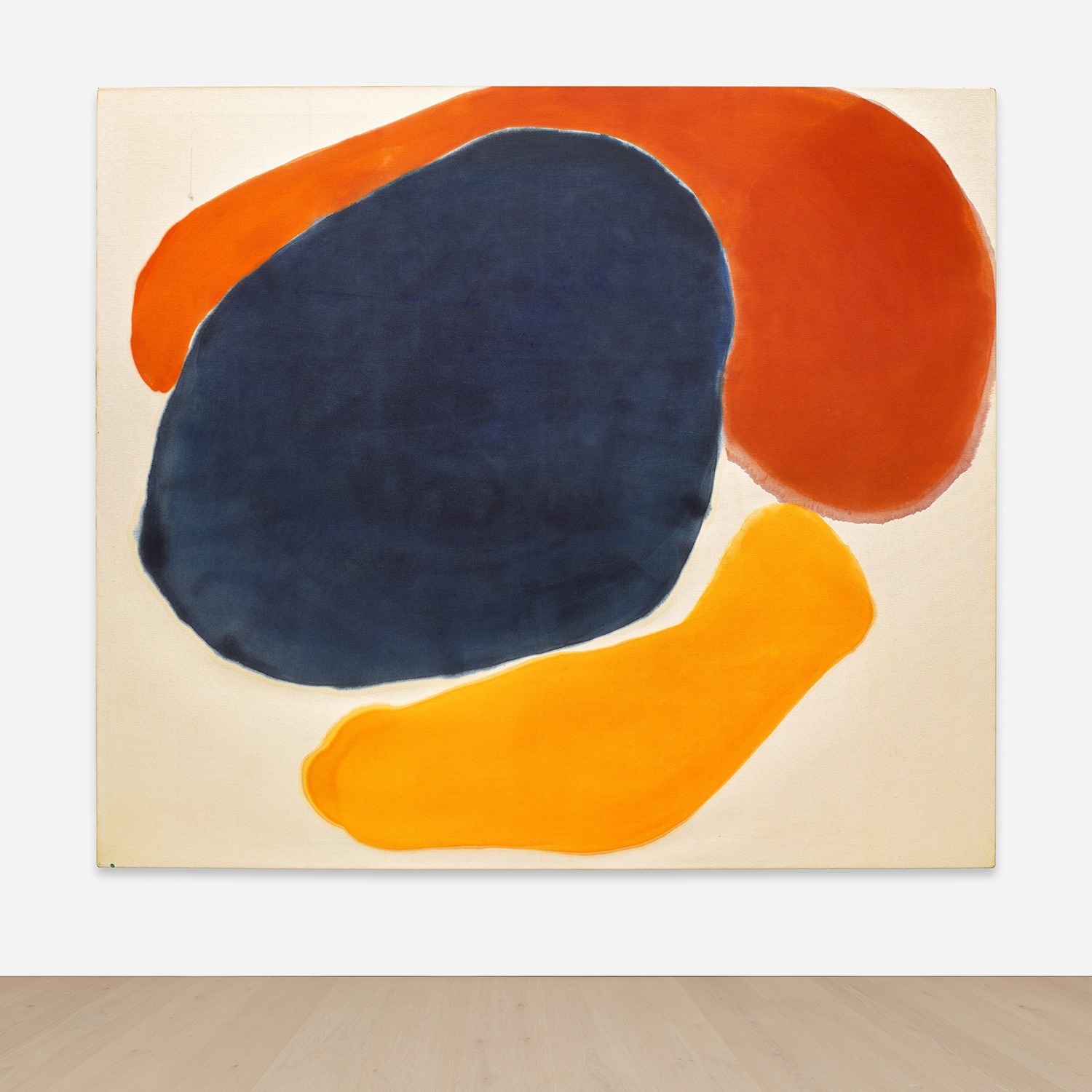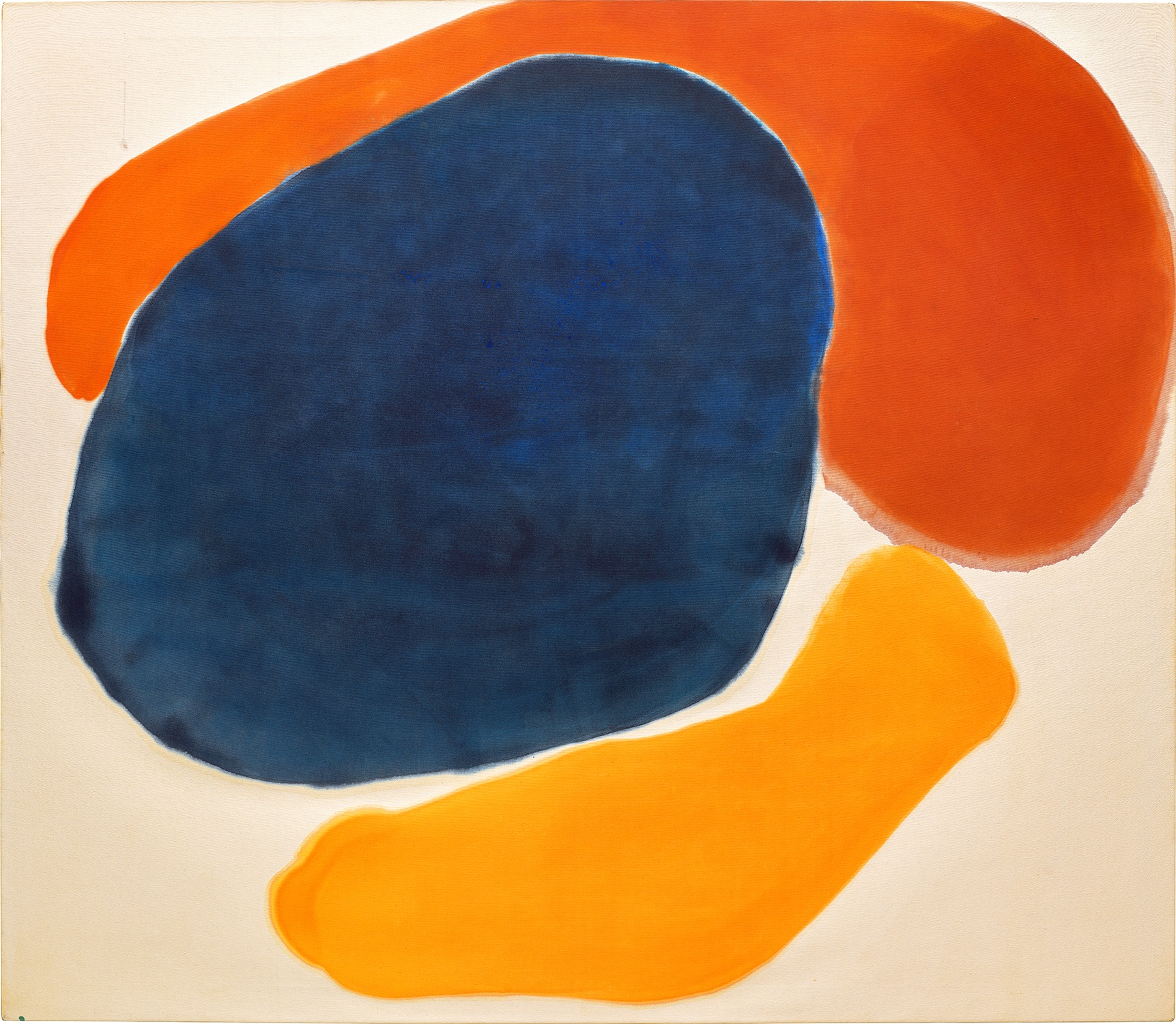



Property from the Terner Family Collection, Los Angeles
30
Jules Olitski
Boyar Time
signed and dated "Jules Olitski 1962 1962" on the reverse; inscribed and dated "Small 1962 ptg" on the stretcher
Magna on canvas
81 1/4 x 93 7/8 in. (206.4 x 238.4 cm)
Painted in 1962.